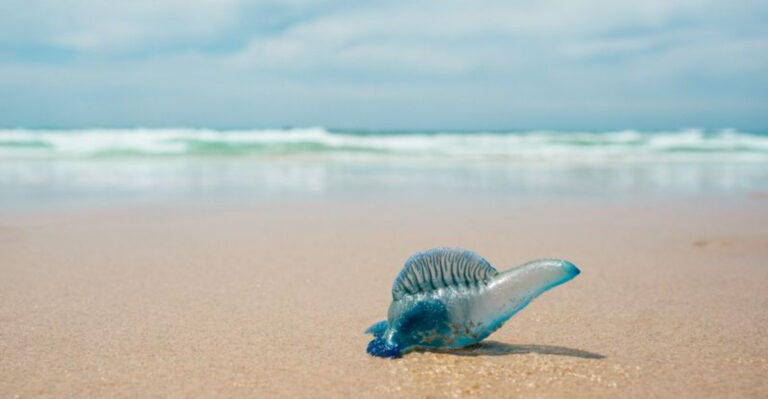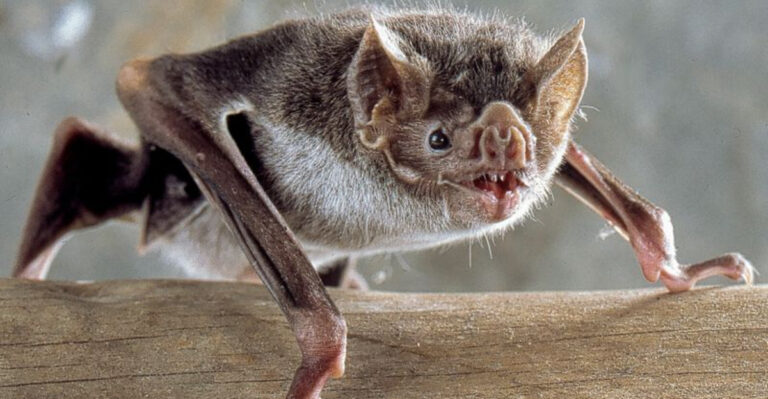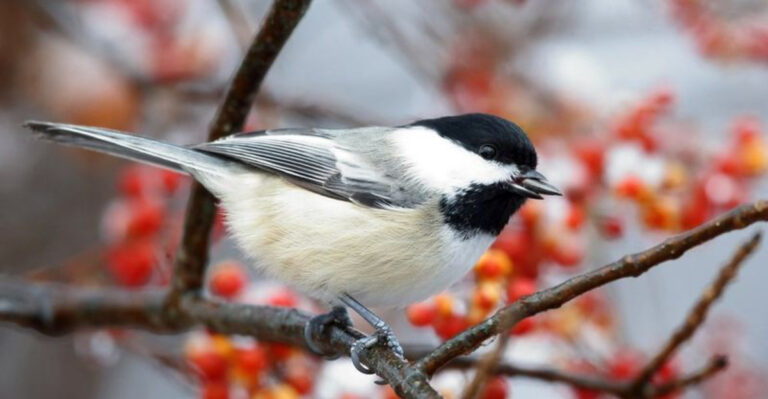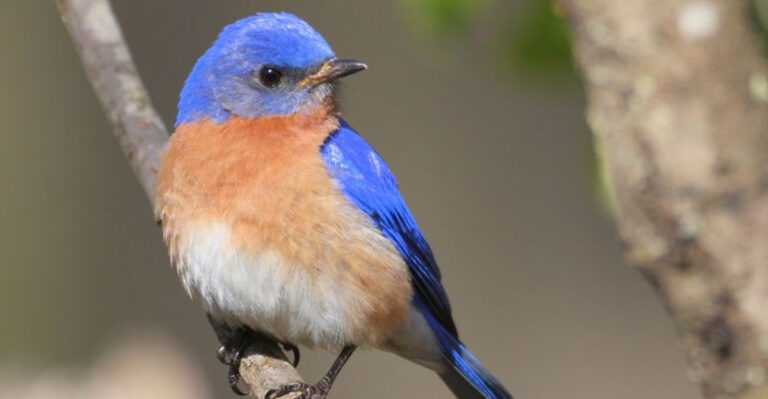8 Endangered Big Cats The World Can Still Save And 6 We’re Close To Losing
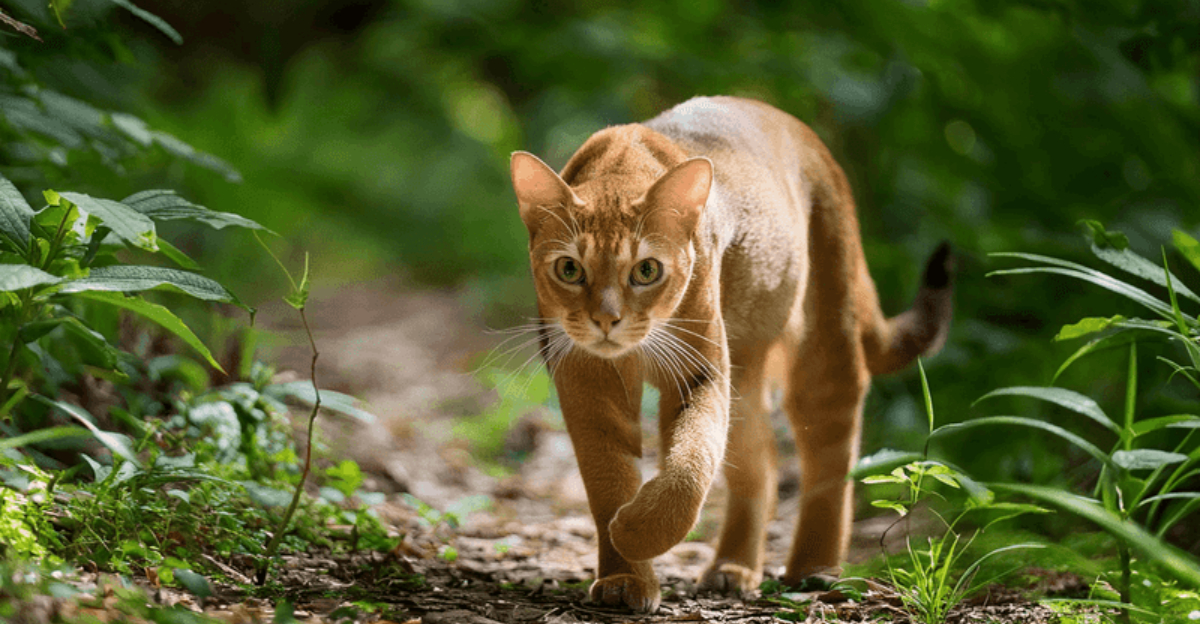
Big cats are some of the most magnificent creatures on our planet, but many are fighting for survival. These powerful predators face threats from habitat loss, poaching, and human conflict.
While some species still have a fighting chance if we act quickly, others are teetering on the brink of extinction with dwindling populations that may not recover.
1. Amur Leopard: Nature’s Ghost
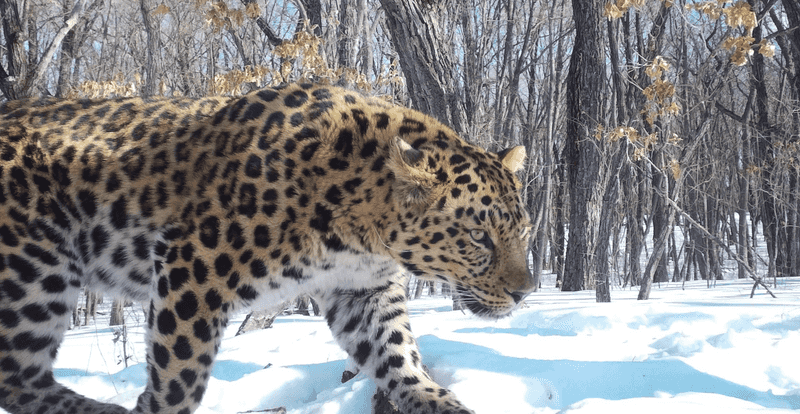
Only about 100 Amur leopards remain in the wild, making them the world’s rarest big cat. These stunning creatures survive in the forests between Russia and China, where their thick fur helps them endure harsh winters. Conservation efforts have shown promising results in recent years.
Protected areas and anti-poaching measures have allowed their numbers to slowly increase from fewer than 40 individuals in 2007.
2. Snow Leopard: Mountain Phantom
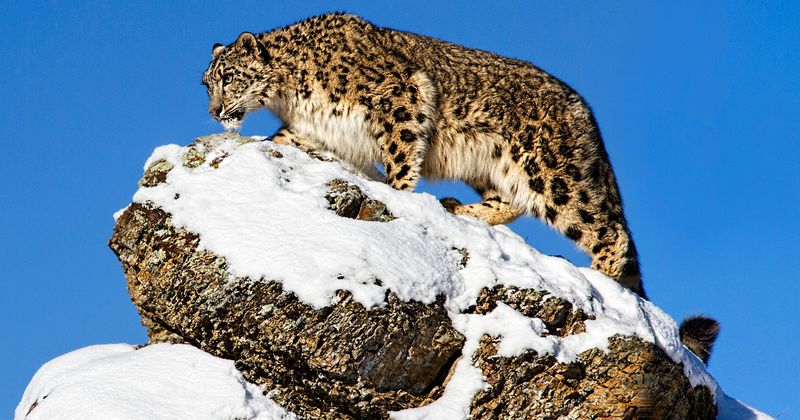
Roaming the rugged mountains of Central Asia, snow leopards blend perfectly with their rocky surroundings. Their incredibly long tails help them balance on steep slopes and wrap around their bodies for warmth when sleeping. Around 4,000-6,500 remain in the wild.
Community-based conservation programs are making headway by reducing human-wildlife conflict and helping local people see these cats as valuable rather than threats to livestock.
3. Clouded Leopard: Canopy Acrobat
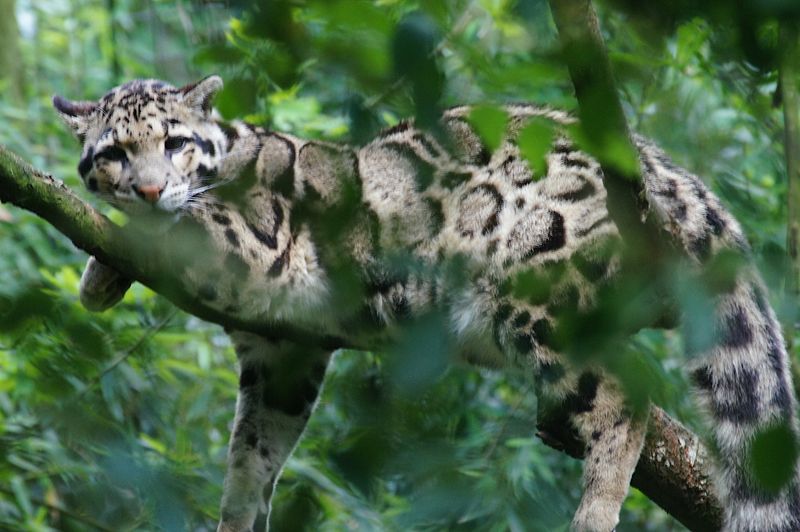
With the largest canine teeth relative to body size of any wild cat, clouded leopards are remarkable tree-dwellers. Their ankles can rotate backward, allowing them to climb down trees headfirst like squirrels!
Found across Southeast Asia, their exact numbers remain unknown, but scientists estimate fewer than 10,000 exist. Forest preservation efforts are crucial for their survival, as deforestation for palm oil plantations remains their biggest threat.
4. Eurasian Lynx: Forest Sentinel
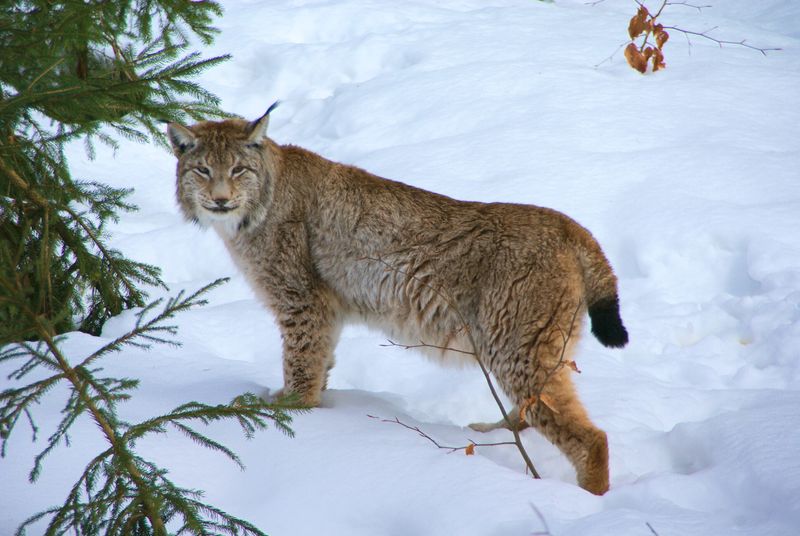
Recognizable by their distinctive ear tufts and short bobbed tails, Eurasian lynx are making a comeback across Europe.
These solitary hunters can hear a mouse moving under snow from over 200 feet away! With populations stabilizing at around 10,000 individuals, reintroduction programs in countries like Switzerland and Germany have been successful.
Their recovery shows how protected status and habitat corridors can help wild cats rebound from near extinction.
5. Puma: American Survivor
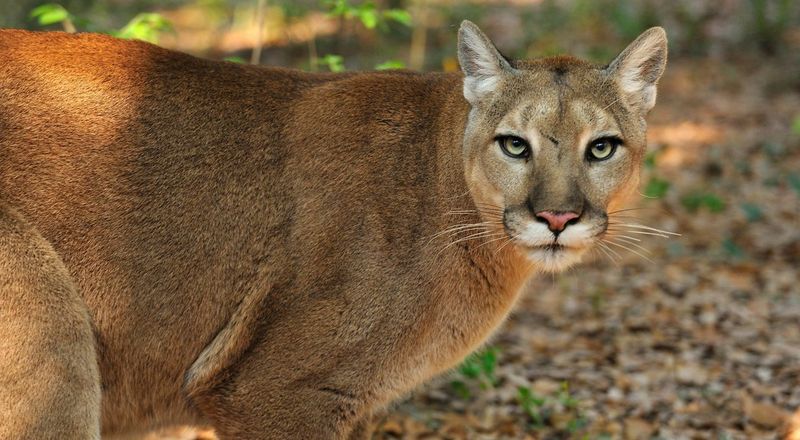
Known as mountain lions or cougars, pumas have the largest range of any land mammal in the Western Hemisphere. From Canadian forests to the Andes Mountains, these adaptable cats survive in diverse habitats.
While their overall population remains healthy at roughly 30,000, certain subspecies like the Florida panther are critically endangered with fewer than 200 individuals. Wildlife crossings and habitat protection have helped these resilient cats maintain a foothold even near major cities.
6. Cheetah: Speed Champion
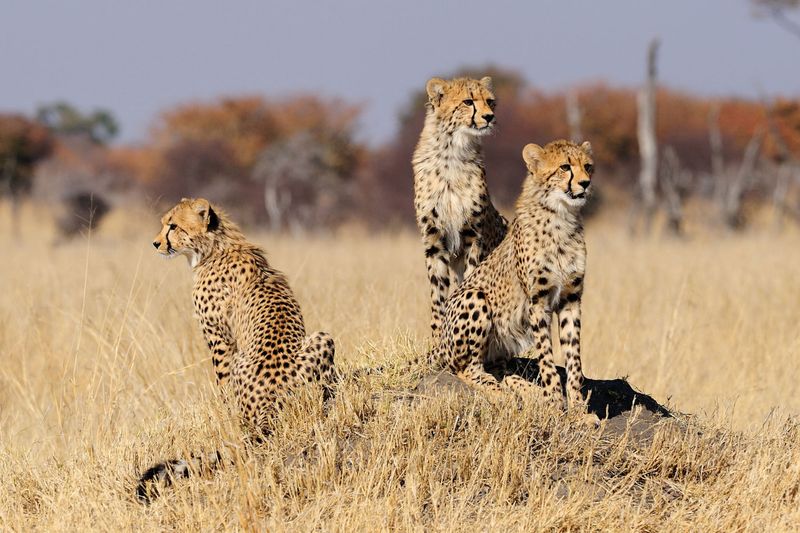
Cheetahs can accelerate from 0 to 60 mph in just three seconds, making them nature’s fastest land animals. Their flexible spines, oversized hearts, and specialized lungs make this incredible speed possible. With only 7,000 remaining in the wild, cheetahs have lost 90% of their historic range.
Conservation breeding programs in Africa are working to maintain genetic diversity, while community education reduces retaliatory killings when cheetahs prey on livestock.
7. Jaguar: Rainforest Ruler
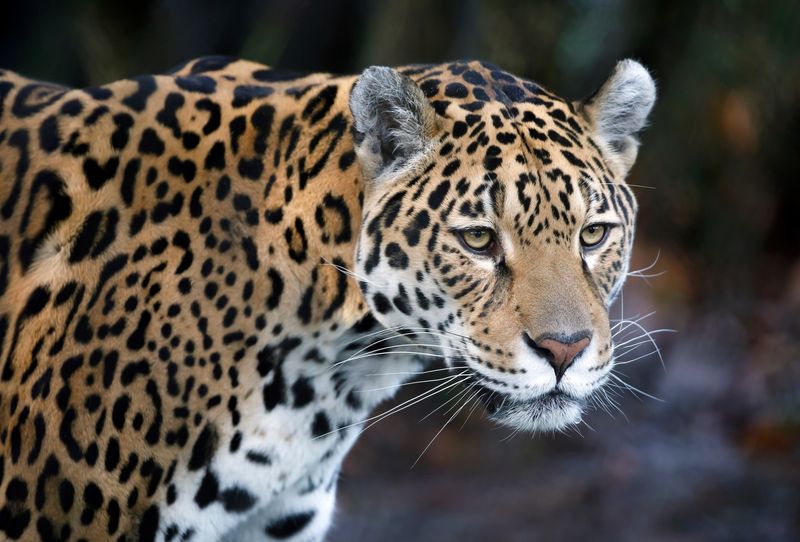
Jaguars have the strongest bite force of any big cat, capable of crushing turtle shells and crocodile skulls. Their rosette spots feature unique central marks, unlike leopards, making each jaguar as identifiable as a human fingerprint.
Around 15,000 jaguars remain in the wild, primarily in the Amazon. The Jaguar Corridor Initiative works to preserve connected habitat from Mexico to Argentina, allowing these magnificent cats to roam and maintain genetic diversity across their range.
8. Lion: Pride Of Africa
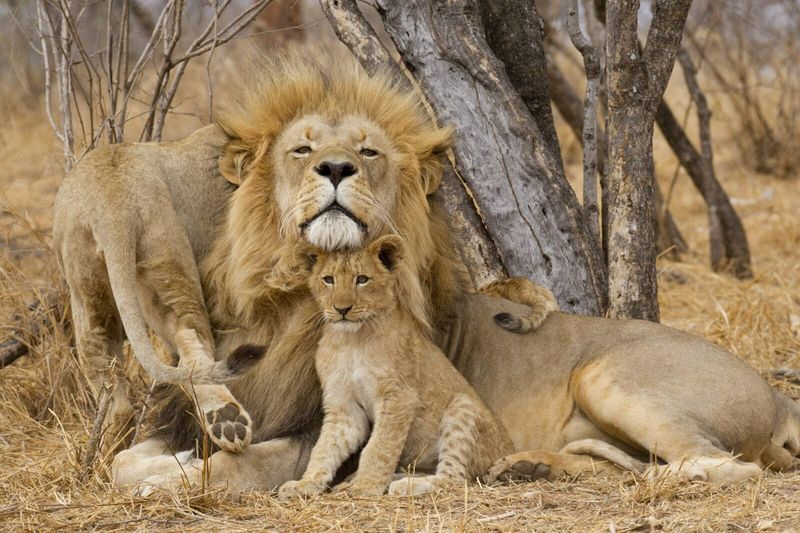
African lions are the only truly social cats, living in family groups called prides. A male’s magnificent mane serves as a shield during fights and signals his health to potential mates. With populations down to 20,000 from 200,000 a century ago, lions have disappeared from 94% of their historic range.
Community conservation programs in countries like Kenya and Tanzania are helping lions and people coexist by reducing conflicts and creating economic incentives for protection.
9. Iberian Lynx: Europe’s Fading Feline
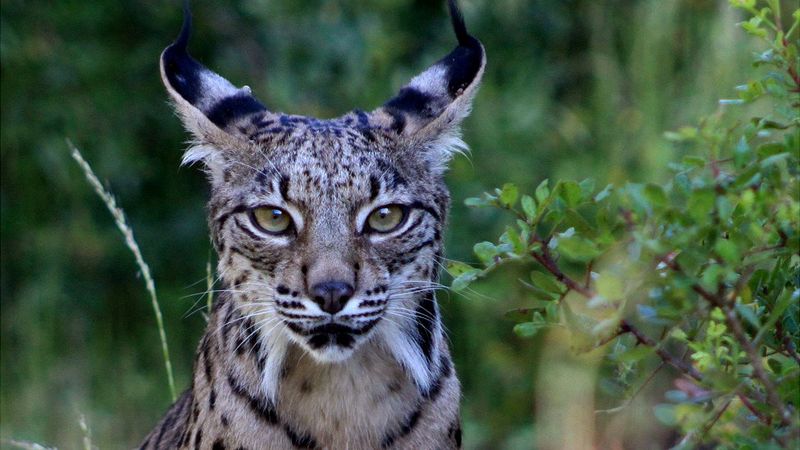
Once widespread across Spain and Portugal, the Iberian lynx plummeted to just 100 individuals in 2002. These specialized hunters depend almost entirely on European rabbits, making them vulnerable when rabbit diseases strike.
Through intensive conservation efforts and breeding programs, numbers have increased to about 400 today. Despite this progress, they remain the world’s most endangered cat species and face ongoing challenges from habitat fragmentation and roadkill.
10. Asiatic Lion: Last Stand In India
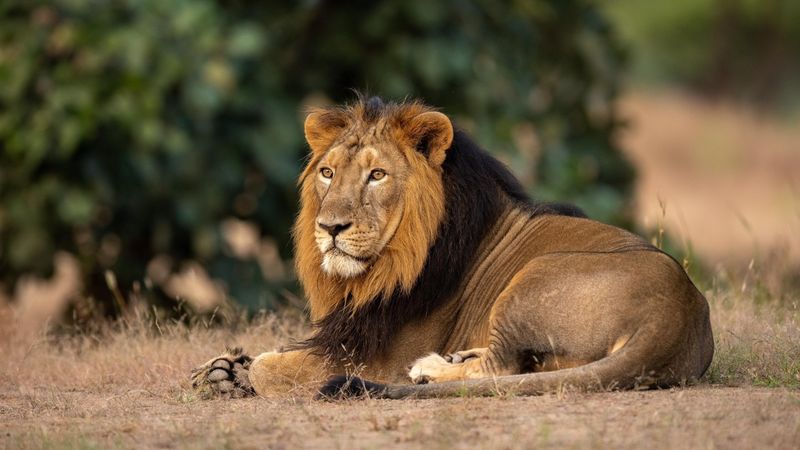
Unlike their African cousins, Asiatic lions survive in just one small forest in Gujarat, India. All 600 remaining individuals descend from about a dozen lions that survived hunting in the early 1900s. This limited genetic diversity makes them vulnerable to disease outbreaks that could wipe out the entire population.
Despite plans to establish a second population elsewhere in India, political disputes between states have delayed this crucial conservation step for decades.
11. Tiger: Asia’s Vanishing Icon
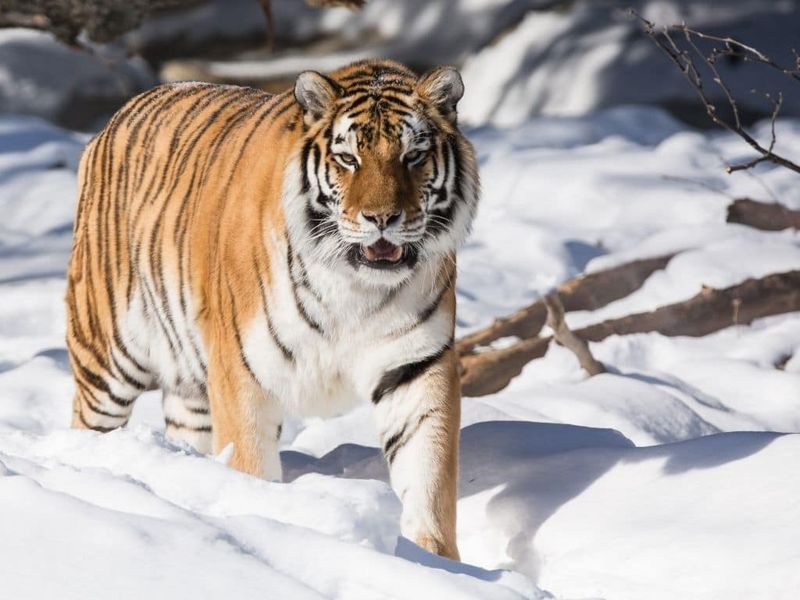
Tigers have lost 93% of their historic range, with fewer than 4,000 remaining in the wild. These solitary hunters require vast territories, with males patrolling areas up to 40 square miles. While some subspecies like the Siberian tiger are slowly recovering, others face imminent extinction.
The South China tiger hasn’t been seen in the wild for decades, while the Malayan and Sumatran subspecies have fewer than 200 individuals each remaining in increasingly fragmented forest patches.
12. Borneo Bay Cat: Mystery Of The Rainforest
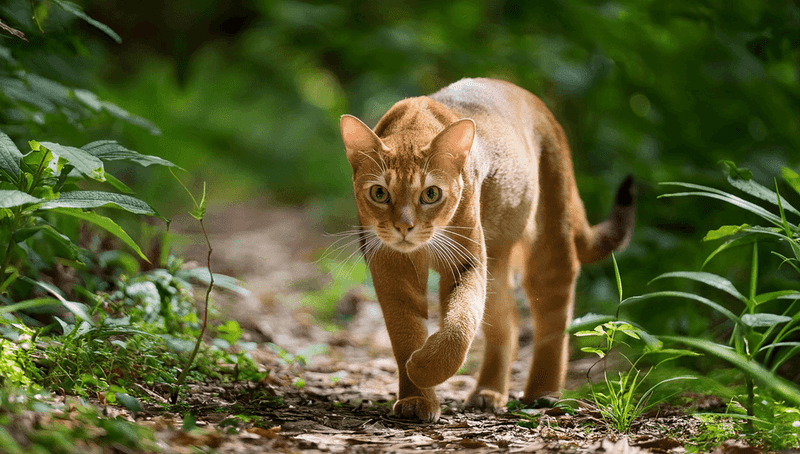
So rare that few scientists have ever seen one alive, the Borneo bay cat was only photographed in the wild for the first time in 2003. About the size of a large house cat, this rusty-red feline remains largely a mystery to researchers.
With perhaps fewer than 2,500 individuals remaining, they face immediate threats from massive deforestation across Borneo for palm oil plantations. Without urgent habitat protection, this unique species could vanish before we even understand its basic ecology.
13. Fishing Cat: Wetland Hunter
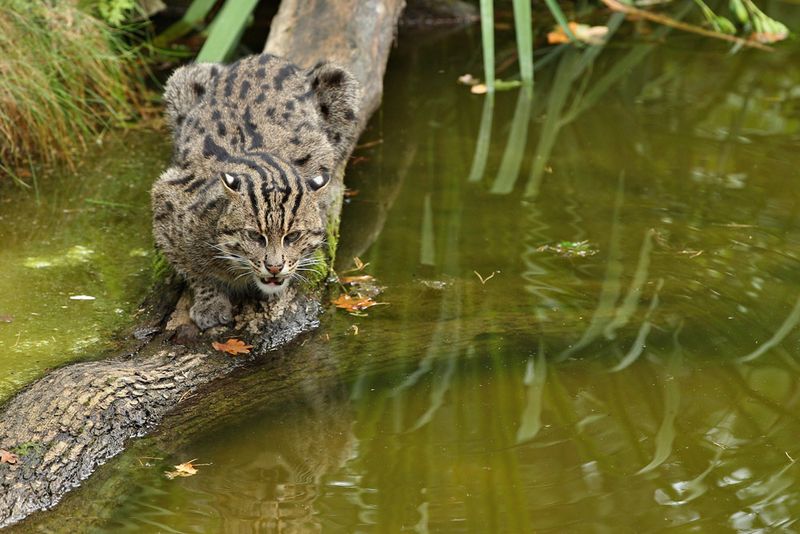
Unlike most cats, fishing cats love water and can swim underwater to catch prey! Their partially webbed feet and dense, waterproof fur help them thrive in Asian wetlands from India to Indonesia.
With fewer than 10,000 remaining, they face rapid habitat loss as wetlands are drained for agriculture and urban development. Nearly 50% of Asian wetlands disappeared in the last century alone. Community-led conservation in places like Sri Lanka offers hope for their survival.
14. Andean Mountain Cat: High-Altitude Ghost
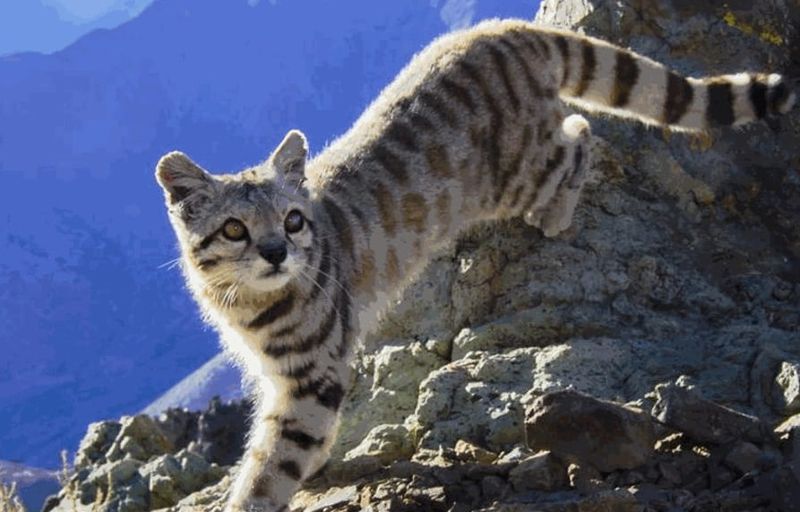
Living at elevations up to 15,000 feet in the Andes Mountains, these small, fluffy cats are so rare that scientists only managed to photograph one in the wild in 1998. Their thick fur and round feet help them navigate snowy mountain terrain.
With an estimated population below 2,500 individuals scattered across Peru, Bolivia, Chile, and Argentina, they face threats from mining development and persecution by local communities. Indigenous cultural beliefs sometimes target these cats for traditional ceremonies.

